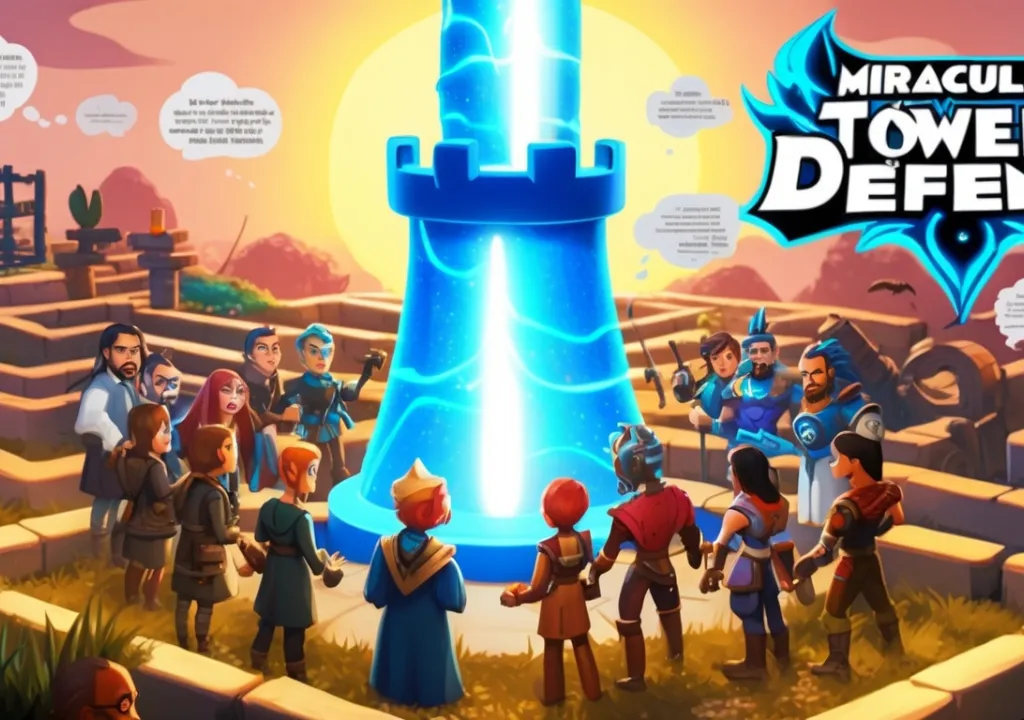
In the mosaic of modern life, where responsibilities and passions collide, the challenge of balancing gaming with real-life duties emerges as a prominent puzzle. Gaming, a realm that offers escapism, excitement, and a sense of achievement, can sometimes overshadow the demands of daily life, leading to an imbalance that hampers our overall well-being. It's a scenario many gamers, from casual enthusiasts to professional players, find themselves in. However, amid this balancing act lies a strategy employed by top gamers worldwide that prevents burnout and enhances their performance in both arenas. This comprehensive exploration delves into top players' techniques, mindsets, and routines to manage time, prioritize responsibilities, and still excel in their gaming endeavors.
Understanding the Balance

Balancing gaming with life boils down to recognizing that both are significant but in different capacities. Gaming can be a profession, a passion, or a leisure activity, while life encompasses our health, relationships, careers, and personal growth. Striking a balance does not necessarily mean allocating equal time to both, but ensuring that one aspect does not detrimentally affect the other.
Time Management: The Core Strategy
Time management emerges as the cornerstone strategy for achieving this balance. Successful gamers often employ a disciplined approach to their gaming schedules to ensure it coexist with their real-life responsibilities. Techniques such as setting specific gaming hours, using timers, and leveraging productivity tools can mirror the structure found in professional and educational settings, ensuring gaming does not overrun other aspects of life.
Prioritization and Setting Limits
Prioritizing tasks is vital. Top players recommend starting with the most critical real-life tasks before gaming. This approach fulfills responsibilities and enhances gaming time, making it a reward. Setting limits, like designated gaming times and strict cut-off points, prevents gaming sessions from bleeding into time reserved for sleep or other duties.
The Pomodoro Technique
A popular method among gamers who juggle multiple responsibilities is the Pomodoro Technique. This involves breaking work into intervals, traditionally 25 minutes long, separated by short breaks. Applying this to gaming can help maintain focus and prevent burnout, making gaming and work/study periods more productive.
Health and Wellbeing: The Non-Negotiables

Physical and mental health are non-negotiables in the quest for balance. Top gamers emphasize the importance of regular exercise, a balanced diet, and sufficient sleep. These elements foster better gaming performance and ensure that individuals remain energized and focused on their everyday responsibilities.
Regular Breaks and Physical Activity
Incorporating regular breaks for physical activity, even during gaming sessions, can counteract the sedentary nature of gaming. Simple activities such as stretching, walking, or quick workouts can rejuvenate the body and mind, improving concentration and reducing gaming fatigue risk.
Social and Family Life: Maintaining Connections
Gaming can be an immersive experience that isolates players from their social and family circles. Successful gamers advocate for integrating social and family time into their routines to prevent this. This could mean setting aside specific times for family dinners, outings with friends, or even incorporating social gaming sessions.
Communication and Shared Activities
It is crucial to communicate with loved ones about gaming schedules and ensure they understand your passion. Sharing gaming experiences with them or finding everyday activities outside of gaming can strengthen relationships and ensure that gaming does not become a point of contention.
Setting Goals and Monitoring Progress

Goal setting is a technique universally recognized for its effectiveness in achieving balance. Individuals can maintain focus and motivation by setting clear, achievable goals in gaming and life. Monitoring progress towards these goals can also provide a sense of accomplishment and indicate when adjustments are needed.
Reflection and Adjustment
Reflecting on the balance (or imbalance) regularly allows for adjustments. This could mean reassessing gaming hours, altering routines, or setting new goals. Listening to feedback from one's body, mind, and loved ones can guide these adjustments.
Avoiding Burnout: Signs and Solutions
Burnout is a risk when any one aspect of life consumes disproportionate time and energy. The first step is to recognize signs of burnout, such as chronic fatigue, lack of interest, or irritability. Solutions include taking a step back from gaming, revisiting priorities, and seeking support from peers or professionals.
Learning from Failures
Top gamers consistently point out that failures, both in gaming and life, are learning opportunities. A balanced approach to gaming and life embraces setbacks as chances to grow, ensuring that neither sphere is neglected in pursuing success in the other.
Conclusion
Balancing gaming with real-life responsibilities is a dynamic process that requires regular reflection, adaptation, and, most importantly, self-awareness. The strategies outlined by top gamers focus on structured time management, prioritizing health and relationships, setting and monitoring goals, and recognizing the need for adjustments to prevent burnout. By employing these strategies, gamers can achieve a harmonious balance that allows them to excel both in their gaming pursuits and life, turning the challenge of balancing gaming with real-life duties into an achievable reality.








